Bob and Rob’s Temptation Dilemma
Bob and Rob are back with another lesson in decision-making. Bob, the diligent project manager, and Rob, the insightful Agile coach, are working together on a new project. The team has been working hard, and now they face a choice: push for a quick release that will bring immediate rewards, or invest more time in refining the product for long-term benefits.
Bob, eager to see the project’s success, leans towards the immediate release. “We can get some quick wins and boost morale!” he says, thinking about how happy the team will be with the early success. Rob, however, is more cautious. He reminds Bob of the potential risks of rushing. “What about the long-term impact? We might sacrifice quality and create more problems down the road.”
This internal struggle Bob is experiencing is a classic example of Hyperbolic Discounting, where people tend to prefer smaller, immediate rewards over larger, delayed ones, even if the latter offers more significant benefits. As Bob and Rob discuss the situation, they realize that understanding this bias is crucial for making better decisions that will benefit the team in the long run.
Understanding Hyperbolic Discounting
Hyperbolic Discounting is a cognitive bias where people disproportionately value immediate rewards over future ones. It’s why we might choose a small piece of chocolate now rather than waiting for a larger dessert later, or why we might prefer a small amount of money today instead of a more considerable amount in the future.
This bias occurs because our brains are wired to seek instant gratification. The closer a reward is in time, the more appealing it becomes, often leading us to make decisions that favor short-term gains at the expense of long-term success.





